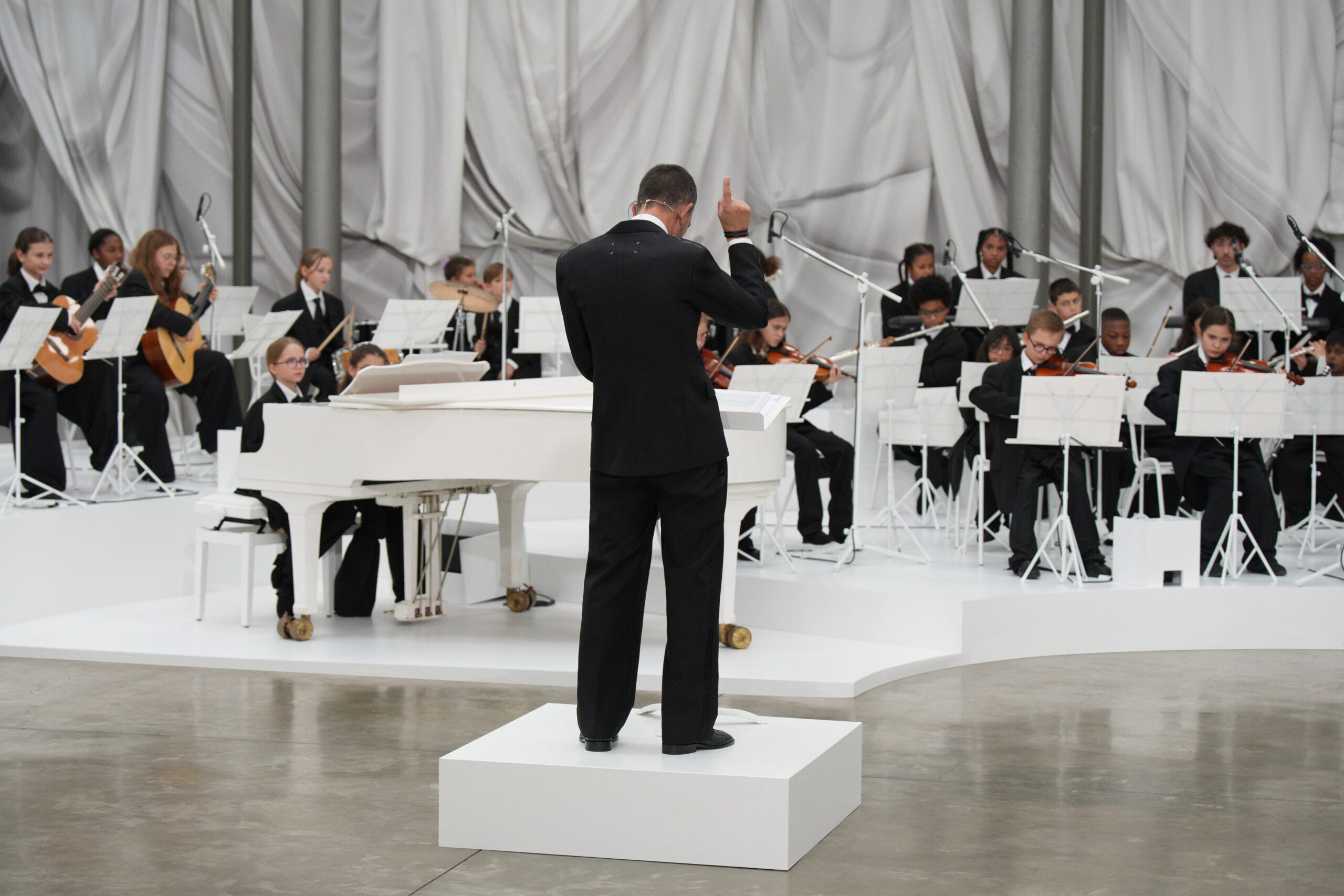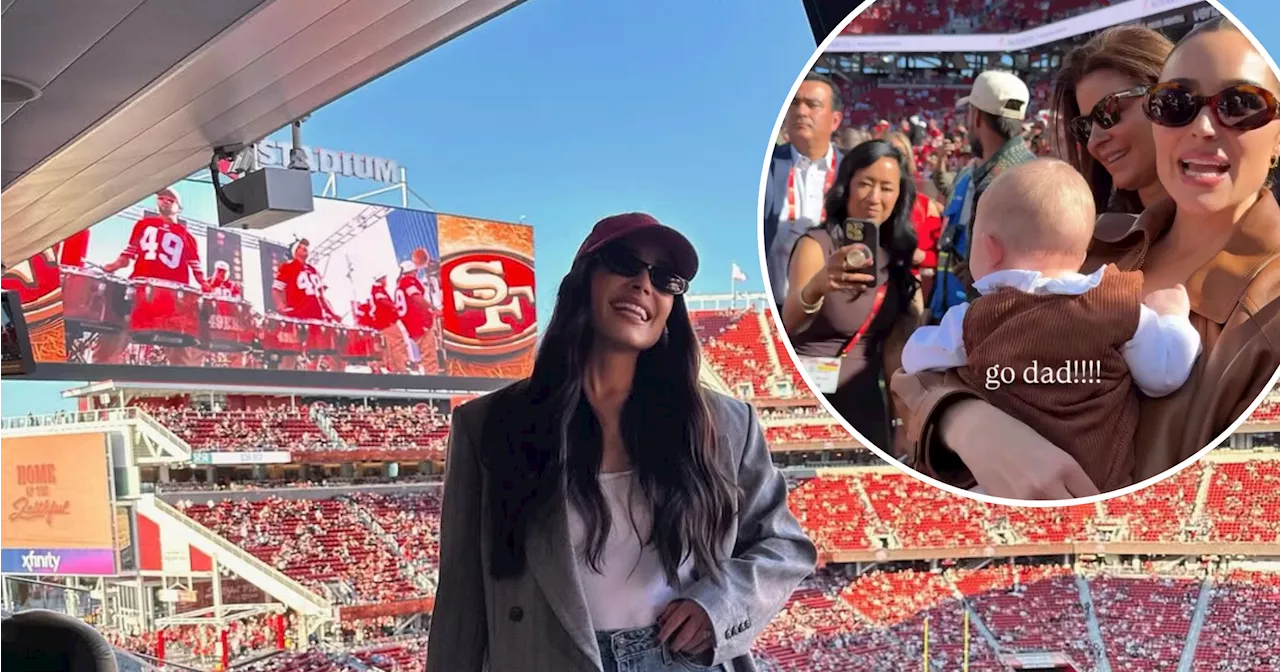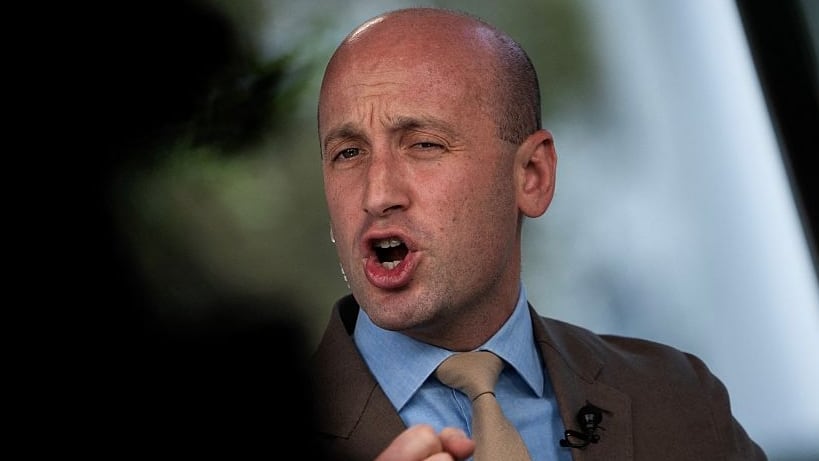Runway shows have evolved into multi-sensory experiences that extend beyond visual artistry. As guests enter, they are greeted not only by stunning designs but also by carefully curated soundtracks that shape the atmosphere. Music plays a pivotal role in this transformation, often serving as the emotional backbone of the presentation. Notable sound director Michel Gaubert has made a name for himself in this space, having crafted the auditory backdrop for numerous high-profile designers, including the legendary Karl Lagerfeld at Chanel.
Gaubert has a unique ability to both set the mood and challenge audience expectations. For instance, during the spring/summer 1995 collection, he included the provocative track “Short Dick Man (Club Mix)” by 20 Fingers featuring Gillette. This choice exemplified Lagerfeld’s characteristic wit while simultaneously pushing the boundaries of traditional glamour. In 2025, the importance of a holistic collection vision became even more pronounced, as fashion brands increasingly embraced live-streaming platforms like TikTok, Instagram, and YouTube to reach a global audience.
The Role of Sound in Contemporary Fashion
The soundtrack has become an essential element in establishing the tone of runway shows. At Burberry’s spring/summer 2026 presentation, the entire collection was accompanied by music from Black Sabbath, paying homage to the Glastonbury Festival and the late Ozzy Osbourne. This choice not only highlighted a significant aesthetic shift by chief creative officer Daniel Lee but also engaged viewers in a deeper narrative.
“Music creates a safe space for the audience, whether online or in person,” said Damien Quintard, co-founder of Miraval Studios. He elaborated that the emotional responses elicited by a piece, such as a Tchaikovsky symphony, can vary greatly among individuals, showcasing the profound impact of sound on personal perception.
During the recent spring/summer 2026 season, the use of music became increasingly crucial in conveying each designer’s vision amid a packed calendar of debuts. For her inaugural collection, Louise Trotter collaborated with Academy Award-winning director Steve McQueen. McQueen’s composition featured vocal renditions of “Wild Is the Wind” by Nina Simone and David Bowie, titled “66–76,” referencing the years of their respective performances. This operatic selection not only heightened the emotional impact of the show but also marked a historic moment as Trotter became the first woman to lead the brand.
Innovative Approaches to Sound Design
In a notable example of innovation, Glenn Martens debuted his co-ed ready-to-wear collection at Maison Margiela with an orchestra of 61 young musicians from Romilly-sur-Seine. These children, some of whom were only weeks into their musical training, performed an intentionally dissonant set list that included Tchaikovsky’s “Le Lac des Cygnes” and Beethoven’s “Sonate pour piano no. 14.” The out-of-tune performance created a powerful connection between Martens’s avant-garde approach and the Margiela archives, reminiscent of the brand’s past shows that invited local schoolchildren to participate.
For Pierpaolo Piccioli’s debut at Balenciaga, the soundtrack took on a deeply personal significance. Collaborating closely with Quintard and Miraval Studios, Piccioli crafted a “sonic couture” score that included his own heartbeat, reinforcing the collection’s emotional resonance. This innovative use of sound was paired with orchestrated pieces, including Lauryn Hill’s rendition of “Can’t Take My Eyes Off of You” and Raye’s version of “I’m Feeling Good,” marking Nina Simone’s second appearance in the season.
Quintard emphasized the transcendent power of sound in runway shows, stating, “Even if fans can’t see the intricacies of the fabric, experiencing the sound allows audiences to engage with the designer’s vision more intimately.” He compared the meticulous attention to detail in fashion design to sound production, highlighting how both crafts require careful consideration of elements that may not be immediately apparent.
As the fashion industry continues to adapt to changing landscapes, the integration of sound in runway shows is proving to be a vital component in creating memorable experiences. With each collection, designers leverage music to enhance narratives, forge connections, and ultimately transform the runway into a dynamic space where art and emotion converge.







